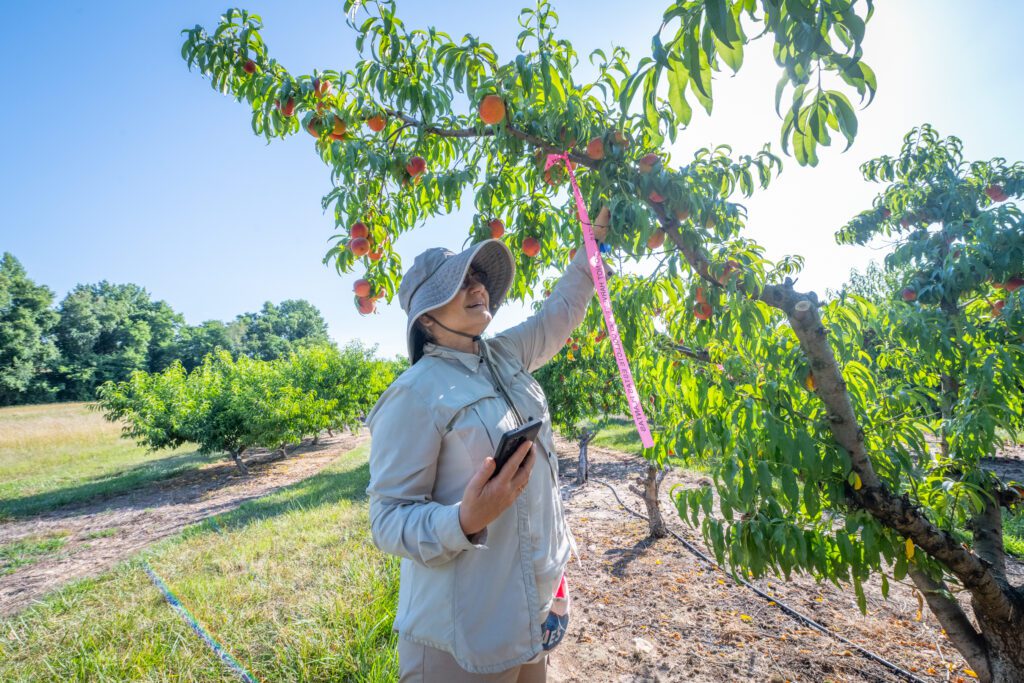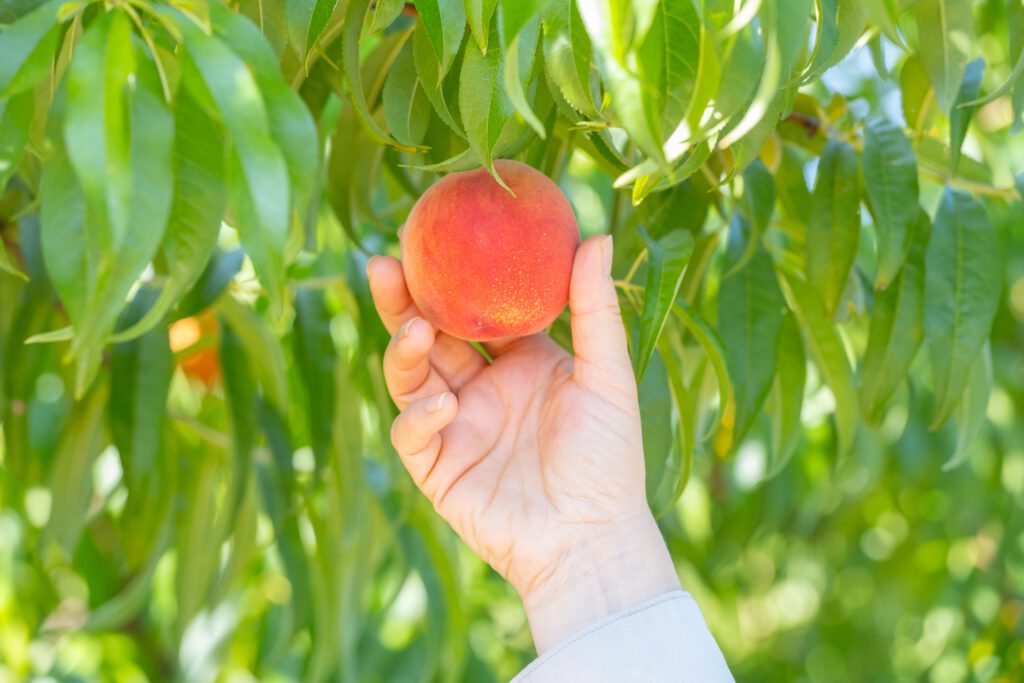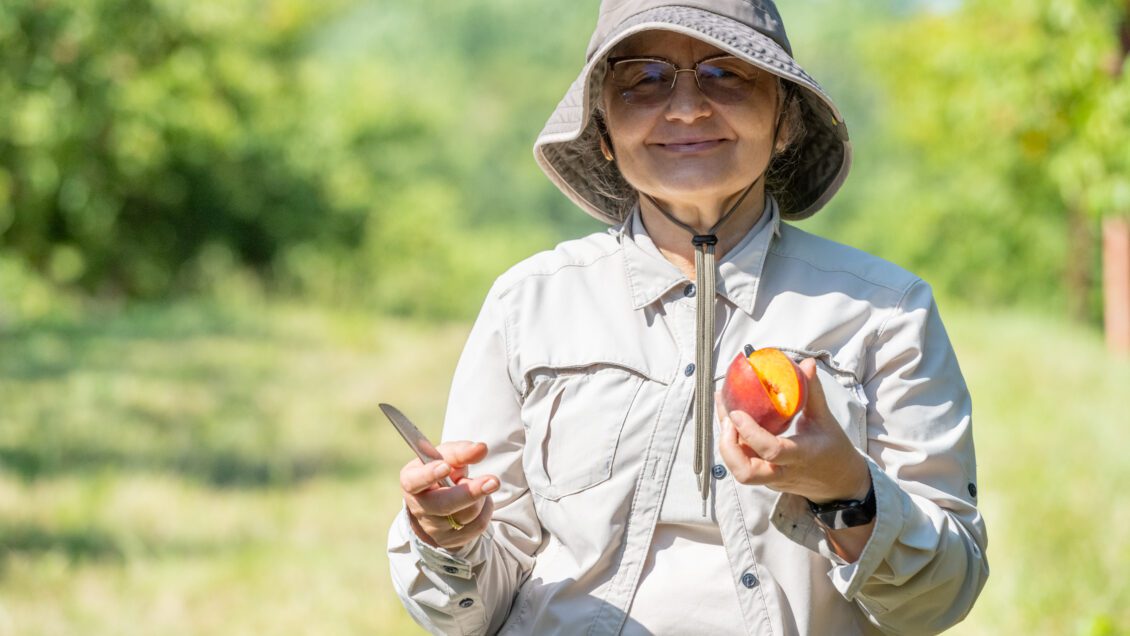The Clemson University Research Foundation (CURF) is a 501(c)(3) nonprofit founded in 1981. Its offices sit just off campus in a nondescript high-rise that overlooks downtown Clemson’s three-block run of shops and restaurants. It is little known, but its impact is significant.
CURF’s mission is to advance the research enterprise of Clemson University by supporting faculty and students engaged in research and introducing them to respective industry partners. Basically, they help our professors and students through the legal process of acquiring patents and then marketing those patents to outside industries. To date, CURF has been involved in more than 2,000 innovations created at Clemson.
There is nowhere else at Clemson where such wide-ranging collaboration intersects. A patent can result from teamwork between countless combinations of Clemson agencies: Bioengineering, packaging sciences and physics; computer engineering, graphic communication, and athletics; industrial engineering, economics and education; or any number of others. It is, perhaps, the one place where the true promise of Clemson as a tier-one research school is displayed in full view.
This is the first in a series of stories about some of the groundbreaking innovations shepherded by CURF into patents that are changing the world.
Trees have always surrounded Ksenija Gasic. She grew up in a small village in the northern part of Serbia that had sandy soil that was not typical in the rest of the country. Before World War II, German entrepreneurs capitalized on the land’s unique potential by planting orchards and vineyards in the area, which the locals took over after the war. Gasic’s father had three small vineyards and planted fruit trees around the house she grew up in.

“I always knew I wanted to work with trees,” she says in her thick Serbian accent as she bounces a golf cart down one of the grassy lanes between long lines of peach trees in Clemson’s 200-acre Musser Fruit Research Center. “I had forestry in mind when I was looking at colleges, but the main college was in the country’s capital, and I just didn’t want to go to the big city. The college in my province was half the size and had a fruit growing and viticulture program, so that became my major.”
As a doctoral student, she received a fellowship to go to England for a year to research the germplasm of peaches, which changed her trajectory.
“It was such great material, and I got great results, so I switched my thesis and got a position as an associate professor. That was the beginning of my love affair with peaches.”

Now, Gasic is the professor of horticulture, peach genetics and breeding for the plant and environmental sciences department in the College of Agriculture, Forestry and Life Science at Clemson University and one of the foremost experts in the world on peach growing and breeding. She and her team, an interdisciplinary group of students, extension agents and researchers naturally called The Peach Team, have spent more than fifteen years developing dozens of variations of peach trees that are resistant to bacterial spot, which, together with the brown rot bacteria is the main enemy of peach growers worldwide.

CURF helped Gasic file patent applications on all three of those variations, EveRes Ruby and CaroRes Wonder, last year, with a third variation, CaroRes Delight, currently in process.
Chase Kasper, senior deputy director of CURF, said strengthening South Carolina’s peach industry is vital to the state’s economy, as bacterial spot and brown rot have taken out a significant percentage of South Carolina’s peach crops in years past.
“Despite the fact that Georgia has the name of ‘Peach State,’ South Carolina exports more peaches than any other state on the east coast,” says Kasper. “It’s also worth noting that the South Carolina state legislature made the peach the official state fruit in 1984. ”
Kasper said Gasic’s patented variations could help solve the problems plaguing the South Carolina peach industry for decades and keep food on the table for thousands whose livelihood depends on a healthy peach crop every year.

“This is a prime example of a research institution making a significant impact in the real world,” he said.
Back in the orchard, Gasic continues her golf cart ride through the trees, stopping frequently to check a tag on a tree or pick and taste a peach. She carries a small kitchen knife to slice wedges off the fruit for tasting. The differences from tree to tree can be surprising: A peach off one tree might be firm as an apple and taste a little acidic, while a peach off a tree right next to it will be soft and sweet as candy.
Between tastes, she explains how the market for peaches doesn’t simply demand that they be juicy and delicious.
“They have to look good, too,” she says. “Consumers want peaches that are round and juicy, not brown and misshapen. It takes years, decades to get them to grow just right. There’s a science to all of it.”
She laughs when asked if she ever gets sick of eating peaches.
“No. I go home and eat more of them!”

